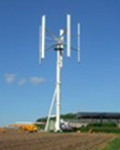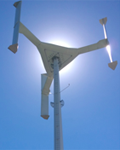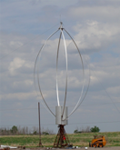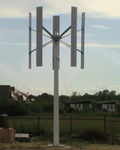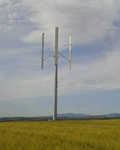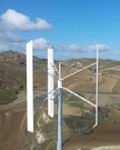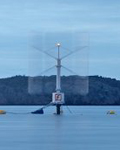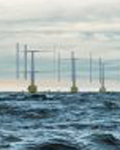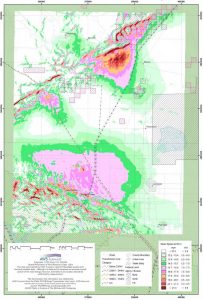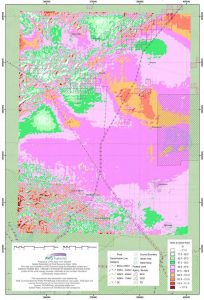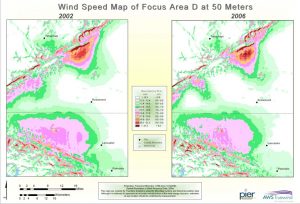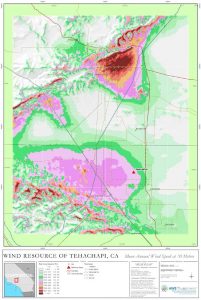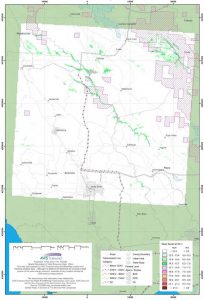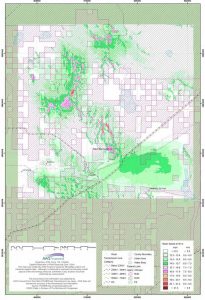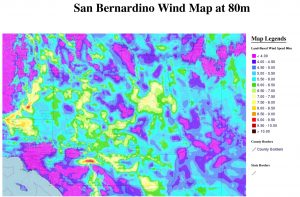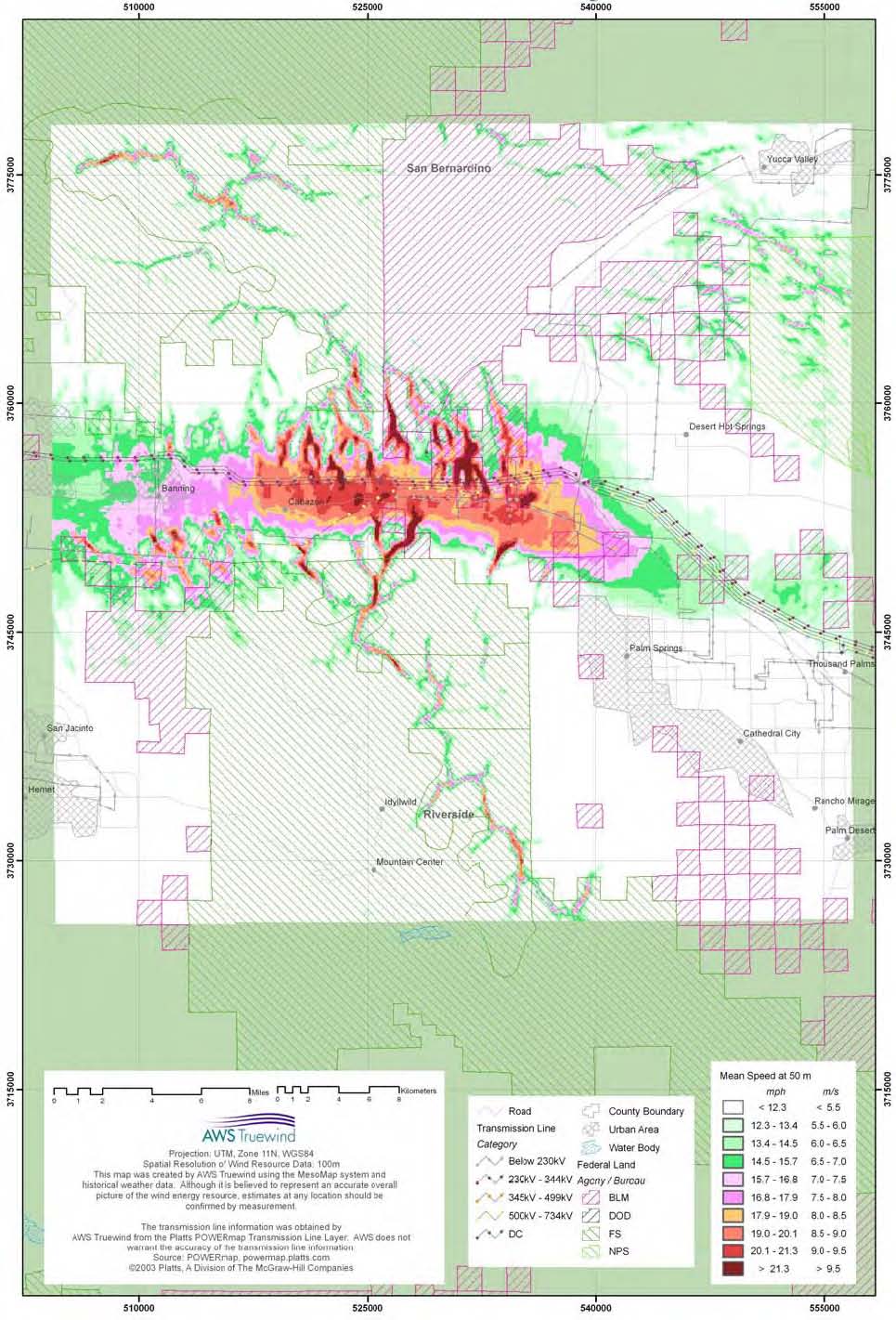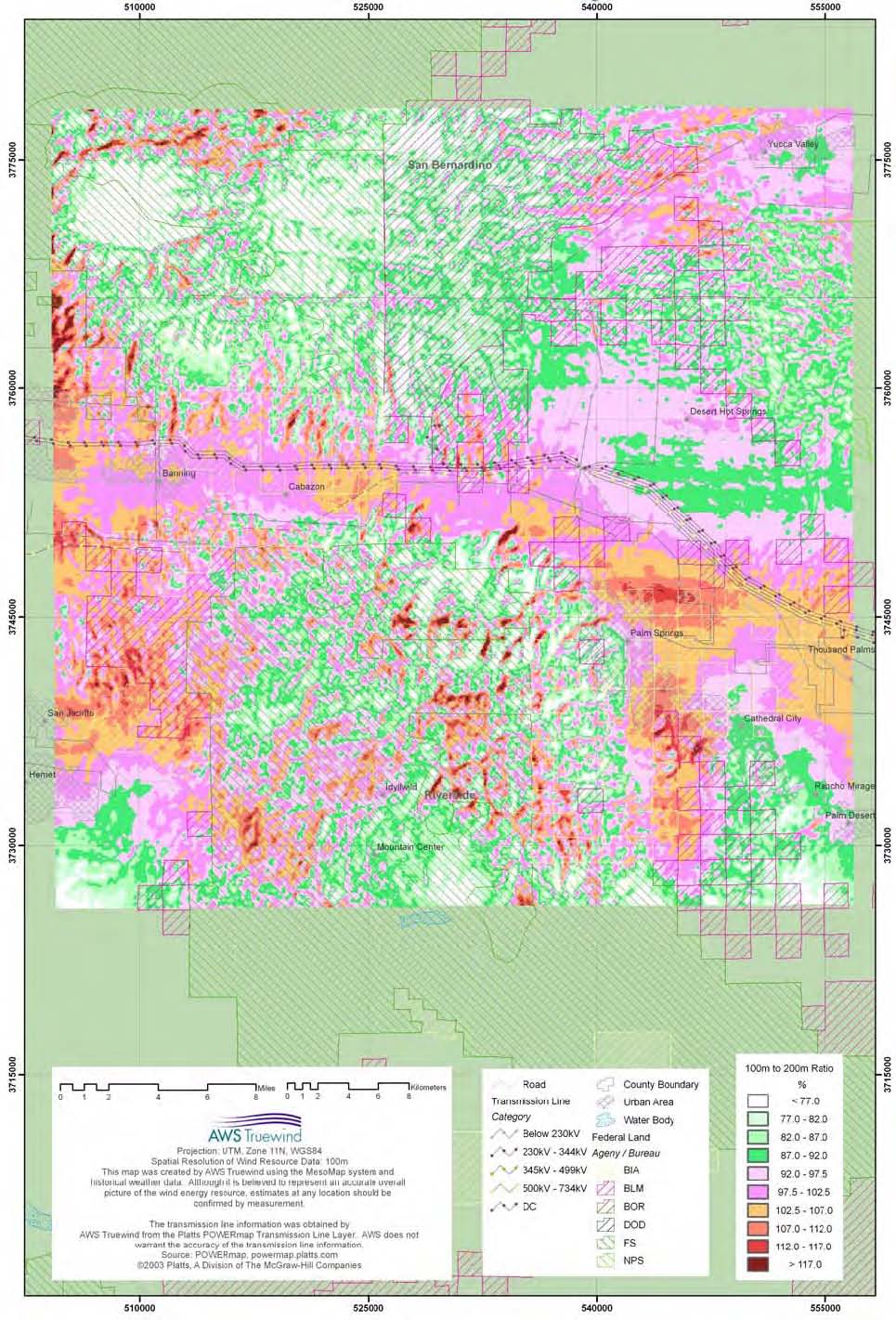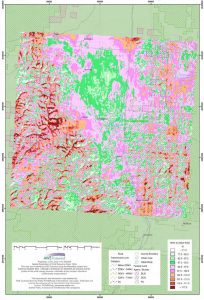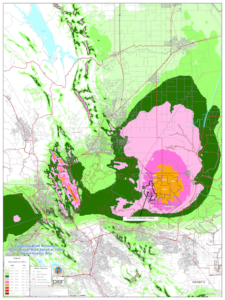This paper, based on the pursuit of scientific articles published and recorded in the last five years (2010-2014) patents on VAWT technology, gives an image of the current situation of the treated technology. From data extracted we know:The different models that are working with different geometries, distinguishing between Savonius, Darrieus, hybrid of both (D+S), models dedicated to Offshore technology and what can be applied generally (D&S) on both types of VAWT (controllers, electric generators, materials …). The main countries that research and develop VAWT technology, globally and at European level and the number of dedicated studies and patents each. Multiple applications that can be given in fields such as building, industrial environment, social areas, civil engineering and other more. Future trends for VAWT, which can be seen in our environment, both rural and urban, as has already happened with other renewable technologies for electricity production, as HAWT and photovoltaic (PV), becoming part of the mix of renewable energy technology and business network of the future, thereby contributing to the reduction of CO2 production and economic growth.


